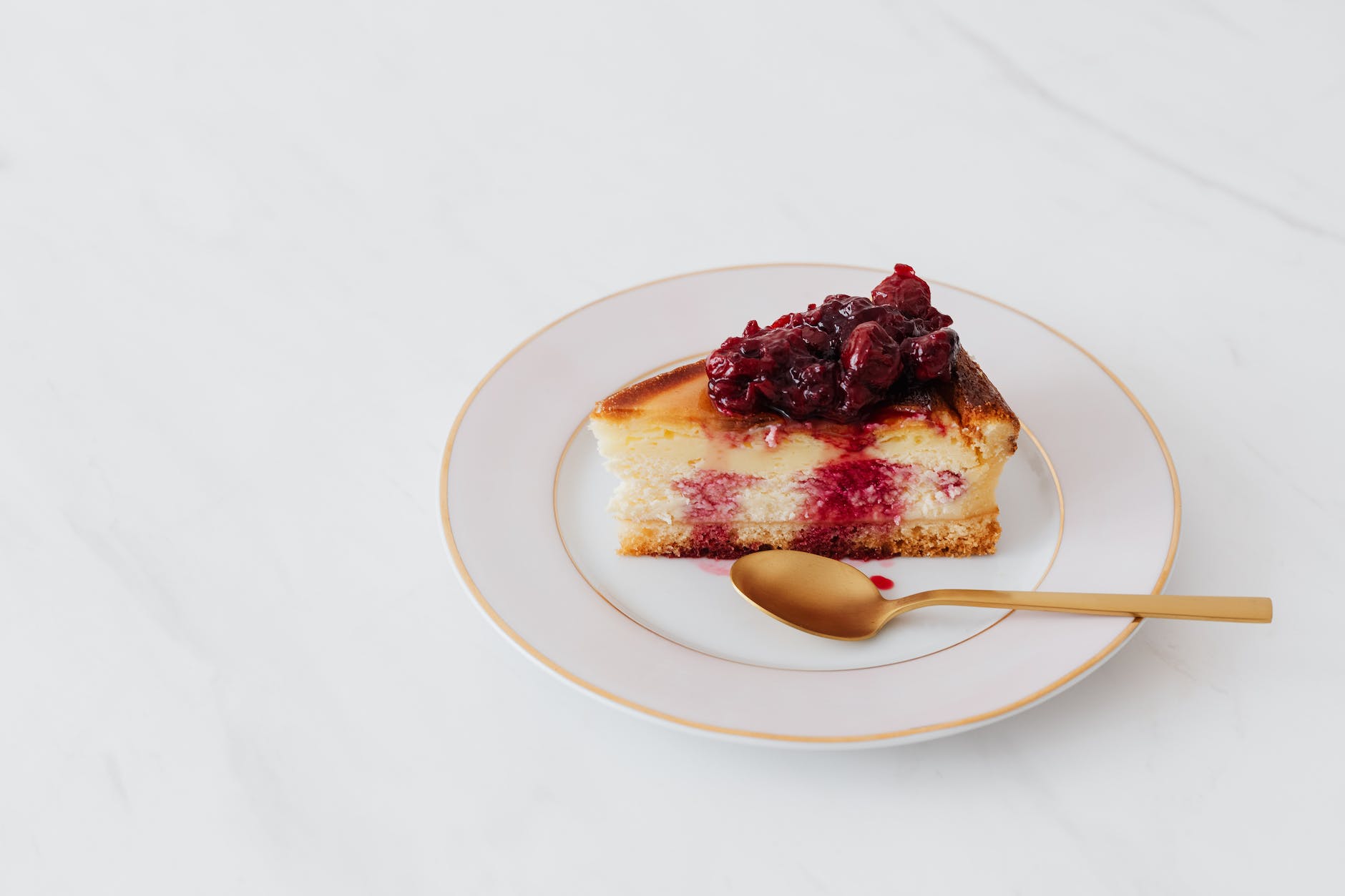Enjoying cannabis doesn’t have to be limited to a pipe or a joint. A culinary adventure awaits those willing to explore the plethora of tastes and experiences hidden within cannabis brownies, infusions, gourmet dishes, and even beverages. Today, we’re going to dive into this intriguing world of cooking with THC and learn some techniques and recipes for creating mouthwatering cannabis-infused dishes.
Perhaps the key to mastering marijuana recipes relies on understanding cannabis oil and cannabis butter. These essential base ingredients are a common entry point for beginners dabbling in edibles. Both are made by infusing cannabis into a fat-based substance, typically oil or butter, then used as a replacement for regular oil or butter in a variety of recipes. Here’s a step-by-step process for creating your basic cannabis butter:
1. Decarboxylation: before you start, it’s crucial to heat your cannabis to convert the non-intoxicating THCA into THC. To do this, spread your cannabis evenly on a baking sheet and bake at 240°F (115°C) for about 30-40 minutes, stirring occasionally.
2. Preparation: melt your butter in a saucepan, add water (to prevent the butter from scorching), and then mix in your decarboxylated cannabis.
3. Slow Cooking: Allow the mixture to simmer on low heat (160°F or 70°C, and no higher than 200°F or 95°C) for about 3 hours while stirring occasionally.
4. Straining: Strain the mixture using a fine-mesh sieve or cheesecloth over a jar or bowl, refraining from squeezing the plant material, or you’ll end up with more plant flavor in your butter. Allow the mixture to cool and transfer to the fridge until the butter solidifies and separates from the water.
Your cannabis butter is now ready to be used in various dishes. Let’s walk through some delicious marijuana recipes you could try.
A staple for many cannabis chefs is the tried-and-true cannabis brownie. This recipe modifies the standard brownie mix by incorporating your freshly made cannabis butter. Be mindful of the potency, and remember that the experience of cannabis-infused edibles can often be more intense and longer-lasting than smoking.
Cannabis-infused beverages have also steadily entered the mainstream, with everything from THC coffee to cannabis wines making an appearance. One simple recipe to try is a cannabis-infused milk, which can be added to your coffee or used in other desserts. Simply heat the milk and cannabis butter in a saucepan until the butter melts, allowing the mixture to simmer for 45 minutes before straining.
For those interested in advancing their culinary cannabis skills, there are even specialized cannabis cooking classes available. These classes will teach you how to properly dose your recipes, create a variety of cannabis-infused dishes, and offer skills like cooking with fresh herbs.
Lastly, remember that cooking with THC is cannabis cooking, not a race. The ‘low and slow’ cooking method elicits potent, flavorful edibles. Always start with small doses, particularly if you’re new to edibles, and wait for at least two hours before deciding to eat more.
Cannabis cuisine is continually evolving with lip-smacking marijuana gourmet options appearing on fine dining menus around the globe. With our guide on cooking techniques and a whirl through some cannabis-infused recipes, you’ll be all set to embrace this culinary adventure.
Remember to always source your cannabis responsibly and enjoy the experience responsibly. It’s a beautiful world of tastes and sensations, ready to be explored, one bite (or sip) at a time.
